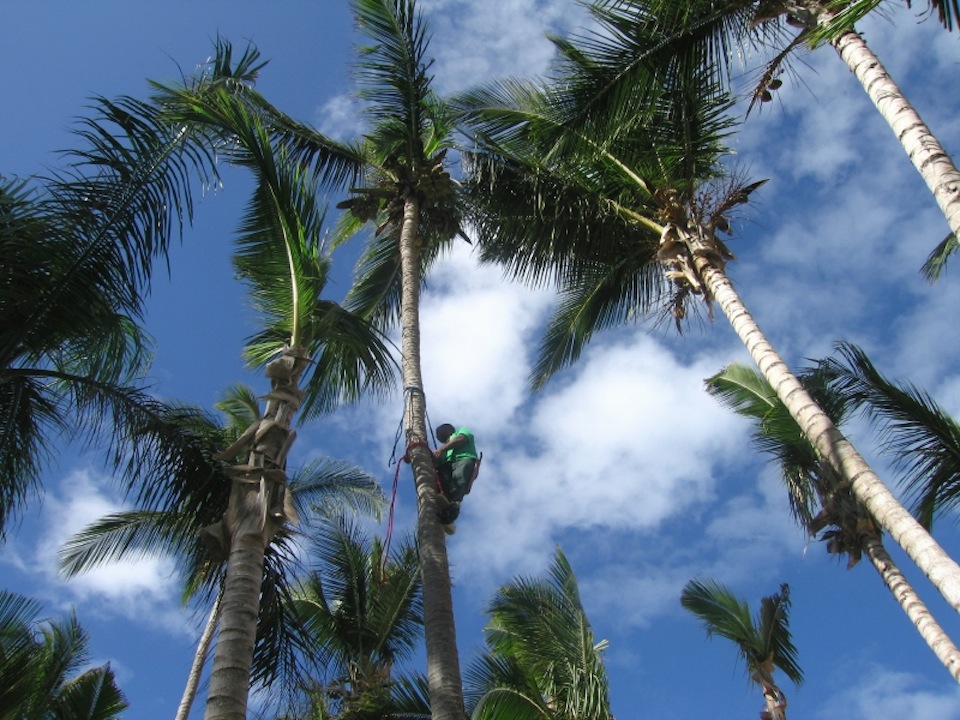The sight of a palm tree can summon a tropical sense in one glance. Whether making the site a desert oasis or clustering palms along a tropical coastline, they tend to be an arresting and dominant visual component of their environment. In addition to being frequently cultivated for aesthetic purposes, palm trees are commercially imported for timber and fruit.
Palms vary significantly in appearance. Some grow in a solitary form where a single stem produces a singular, bunched canopy while others have multiple stems with sprays of foliage at multiple tiers of the single plant. Palm trees also range in size, from the Royal palm which can exceed 100 feet to other species that grow to be under one foot.
Palms are generally described as either fan palms or feather palms. Palmate are the leaves of fan palms, radiating out from one point like a fan. Feather palms have a more plumy appearance, mostly large and tree-like with a single woody trunk topped by a crown of leaves. Most do well in a temperature of 60 degrees and above.
With so many choices, it can get pretty overwhelming to choose a palm, especially if you are new to gardening. When selecting a palm tree, think about its purpose first. Is it going to provide shade? Be a focal point in the yard? Or maybe you would like to use it as fencing. Deciding of the purpose will help you narrow down your options. If you live in subtropical San Diego, the climate might become an issue since many palms cannot take the cooler weather.




